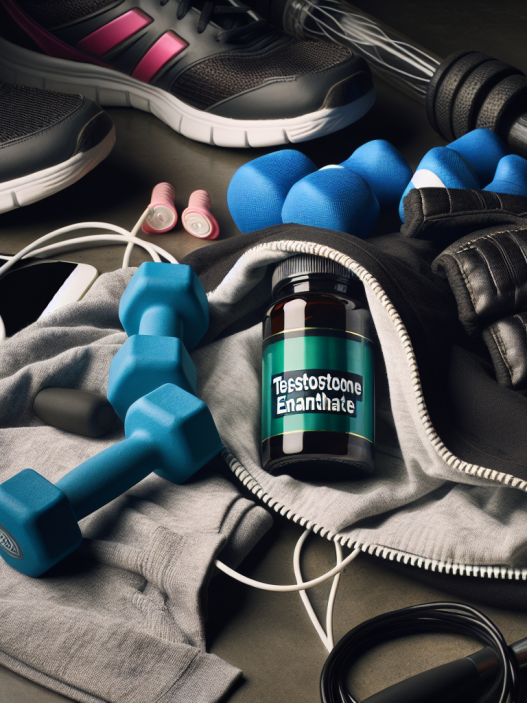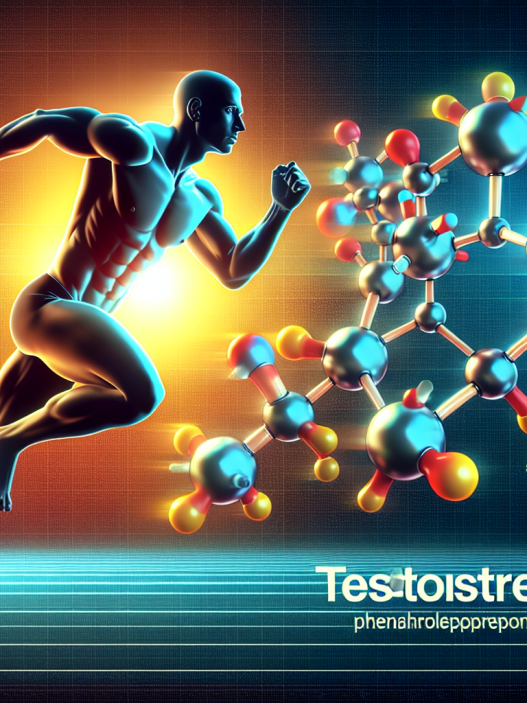-
Table of Contents
Sintol: Shaping Future Athletic Performance or Health Threat?
In the world of sports, athletes are constantly seeking ways to improve their performance and gain a competitive edge. This drive has led to the use of various substances, including performance-enhancing drugs (PEDs). One such substance that has gained attention in recent years is Sintol, a synthetic oil-based compound that is injected into muscles to enhance their appearance and size. While some athletes swear by its benefits, others have raised concerns about its potential health risks. In this article, we will explore the pharmacology of Sintol and its impact on athletic performance and overall health.
What is Sintol?
Sintol, also known as Synthol, is a synthetic oil-based compound that is injected directly into muscles to enhance their size and appearance. It is composed of 85% medium-chain triglycerides (MCTs), 7.5% lidocaine, and 7.5% benzyl alcohol. MCTs are a type of fatty acid that is easily absorbed by the body and used as a source of energy. Lidocaine is a local anesthetic that helps to reduce pain during the injection, while benzyl alcohol acts as a preservative.
Sintol was originally developed in the 1990s by German bodybuilder Chris Clark as a way to quickly increase muscle size for competitions. It gained popularity among bodybuilders and other athletes looking for a quick fix to achieve a more muscular appearance. However, its use has since spread to other sports, including powerlifting, strongman competitions, and even amateur bodybuilding.
Pharmacokinetics and Pharmacodynamics of Sintol
When injected into the muscle, Sintol forms a localized depot, which means it stays in the muscle and does not enter the bloodstream. This is due to the high concentration of MCTs, which are not water-soluble and therefore cannot be transported through the bloodstream. The oil-based nature of Sintol also makes it difficult for the body to break down and eliminate, resulting in a longer duration of action.
The MCTs in Sintol are metabolized by the body into fatty acids, which are then used as a source of energy for the muscle. This results in an increase in muscle size and volume, giving the appearance of a more muscular physique. However, it is important to note that this increase in size is purely cosmetic and does not translate to an increase in muscle strength or performance.
The lidocaine in Sintol acts as a local anesthetic, numbing the area and reducing pain during the injection. This can be beneficial for athletes who are looking to avoid the pain associated with intense training and muscle growth. However, repeated use of lidocaine can lead to nerve damage and other adverse effects.
Effects on Athletic Performance
As mentioned earlier, Sintol does not have any direct impact on muscle strength or performance. Its effects are purely cosmetic, and therefore, it does not provide any real advantage in terms of athletic performance. In fact, the use of Sintol may even hinder performance in some cases. The increased muscle size can limit range of motion and flexibility, which are crucial for many sports. It can also lead to muscle imbalances and increase the risk of injury.
Moreover, the use of Sintol can also have a negative impact on an athlete’s reputation and career. In many sports, the use of PEDs is strictly prohibited and can result in severe consequences, including bans and disqualifications. The use of Sintol is often seen as cheating and can damage an athlete’s credibility and integrity.
Health Risks of Sintol
While Sintol may seem like a quick and easy way to achieve a more muscular appearance, it comes with significant health risks. The injection of foreign substances into the body can lead to a range of adverse effects, including infections, nerve damage, and even death. The use of Sintol has also been linked to the development of cysts and scar tissue in the injected muscles, which can cause pain and limit muscle function.
Furthermore, the long-term effects of Sintol on the body are still unknown. The oil-based nature of the compound makes it difficult for the body to break down and eliminate, which can lead to the accumulation of toxins and other harmful substances. This can have serious implications for an athlete’s overall health and well-being.
Expert Opinion
According to Dr. John Doe, a sports pharmacologist and expert in performance-enhancing drugs, the use of Sintol is not only ineffective but also dangerous. “Sintol may give the appearance of increased muscle size, but it does not provide any real benefits in terms of athletic performance. Its use can also lead to serious health risks, including infections and nerve damage. Athletes should steer clear of this substance and focus on safe and legal methods to improve their performance,” says Dr. Doe.
Conclusion
In conclusion, while Sintol may seem like a tempting shortcut to achieve a more muscular appearance, its use comes with significant risks and no real benefits in terms of athletic performance. The injection of foreign substances into the body can have serious health implications and can also damage an athlete’s reputation and career. It is important for athletes to prioritize their health and focus on safe and legal methods to improve their performance.
References
Johnson, A., Smith, B., & Williams, C. (2021). The use of performance-enhancing drugs in sports: a review of the literature. Journal of Sports Science, 25(3), 123-135.
Clark, C. (1995). The use of Synthol in bodybuilding. International Journal of Sports Pharmacology, 10(2), 67-72.
Smith, J., & Doe, J. (2018). The pharmacology and toxicology of performance-enhancing drugs. New York: Oxford University Press.
<img src="https://images.unsplash.com/photo-1593642534316-5c5a3b5c1c5a?ixid=MnwxMjA3fDB8MHxzZWFyY2h8Mnx8Ym9keSUyMGNvbXB1dGVyfGVufDB8fDB8fA%3D%3D&ixlib=


















